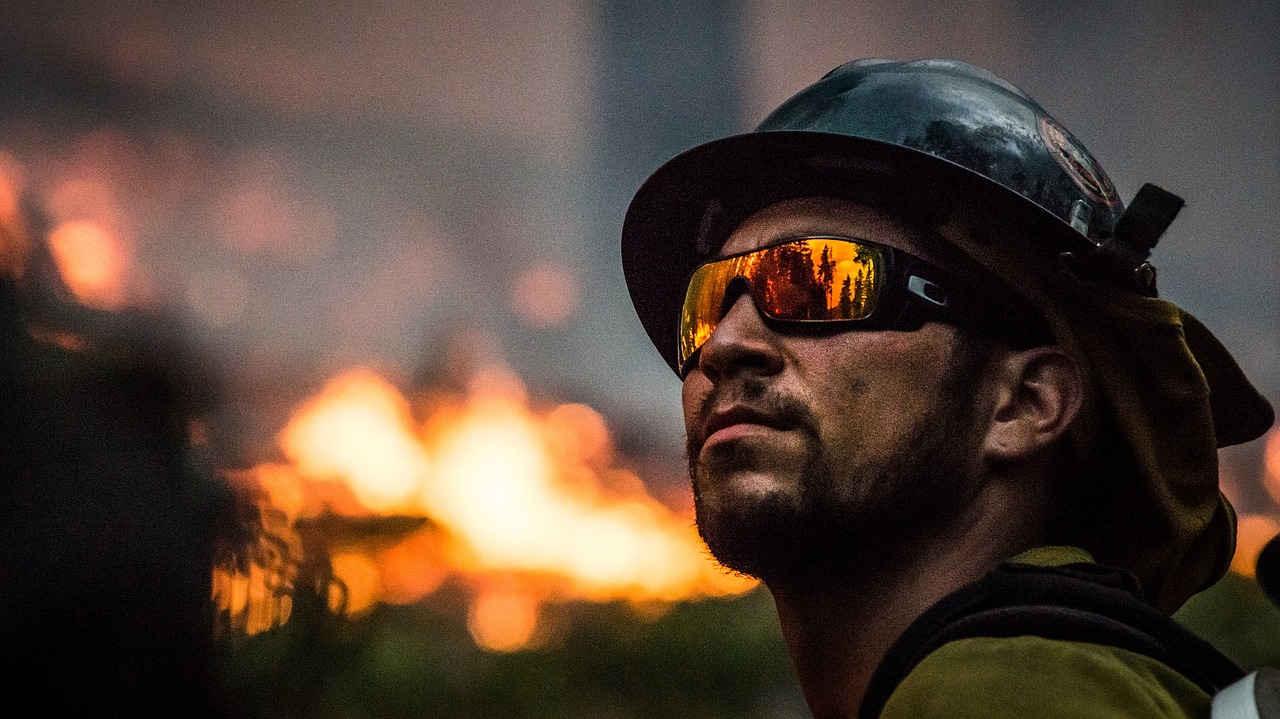Fire Ecology’s Lessons for a More Resilient Future
In the wake of California wildfire’s mass destruction, ecologists see radical hope in regeneration.
Author: Leilani Clark | Published: January 4, 2018
A few times a year, Edward Willie tends to the last remaining dogbane patch in Sonoma County. Situated on a three-acre preserve bordering Highway 101 in northern Santa Rosa, the patch is estimated to be centuries old and once spanned a five-mile radius. Neighboring tribes—mainly Pomo and Wapo—cultivated the fibrous, stalky native plants to make cordage for hunting and fishing nets and other tools.
In October, the Tubbs Fire burned hot and fast through the preserve on its way to hopping the six-lane highway, leaving behind a scorched landscape of Himalayan blackberry roots and the black skeletons of wild plum trees and coyote bush. Yet, for the most part, the dogbane survived. In some formerly vegetation-choked areas of the preserve, the spindly plants are all that remain.
“The dogbane needs fire—that’s what makes it grow tall and strong,” says Willie, a native Pomo, Walaeki, and Wintu teacher and a core organizer of the Buckeye Gathering, an annual nature-based, paleo-technology meeting in Northern California. Researchers have found that dogbane sproutsquickly after fire and can become more abundant. Burning actually stimulates new, straight growth.
Less than a mile away from the preserve, block after block of ruined homes, businesses, and cars stand as a reminder of the conflagration that wreaked havoc across three Northern California counties. Despite the scope of the tragedy, Willie sees regeneration and even radical hope in the region’s fire ecology.
“It’s a happy [dogbane] patch now,” he says, as he demonstrates how to peel the taut fibers from the plant’s stalk. “It’s filled with life. New sprouts are already coming up. It’s a California plant, a fire plant. It was made to survive this.”
There is no silver lining to a fire like those that struck Sonoma and Napa counties in October, or the still-burning Thomas Fire in Southern California, which has burned 281,900 acres to become the largest California wildfire in modern recorded history. But for people like Willie and Erik Ohlsen, an ecological designer and director of the Permaculture Skills Center in Sebastopol, the North Bay fires are a wake-up call, a chance to proactively address the way the plants and animals of Northern California, and most of the Golden State, have co-evolved with fire—and to rebuild these communities with fire in mind.
Others go further, saying that poor planning and land management practices turned a natural feature of chaparral landscapes into a catastrophic force, leaving in its wake $3 billion in estimated damages. The city of Santa Rosa alone has already blown through $5 million from their general fund to fight the fires and the massive recovery effort has just begun.

